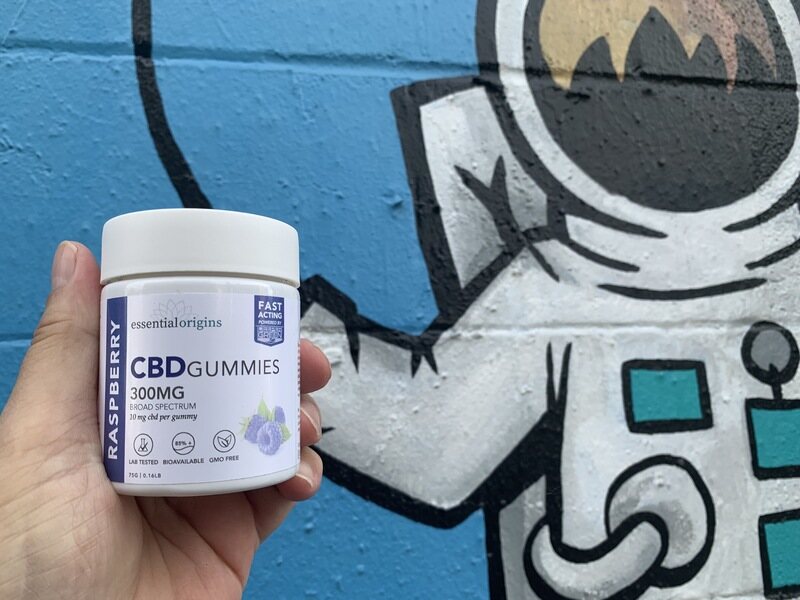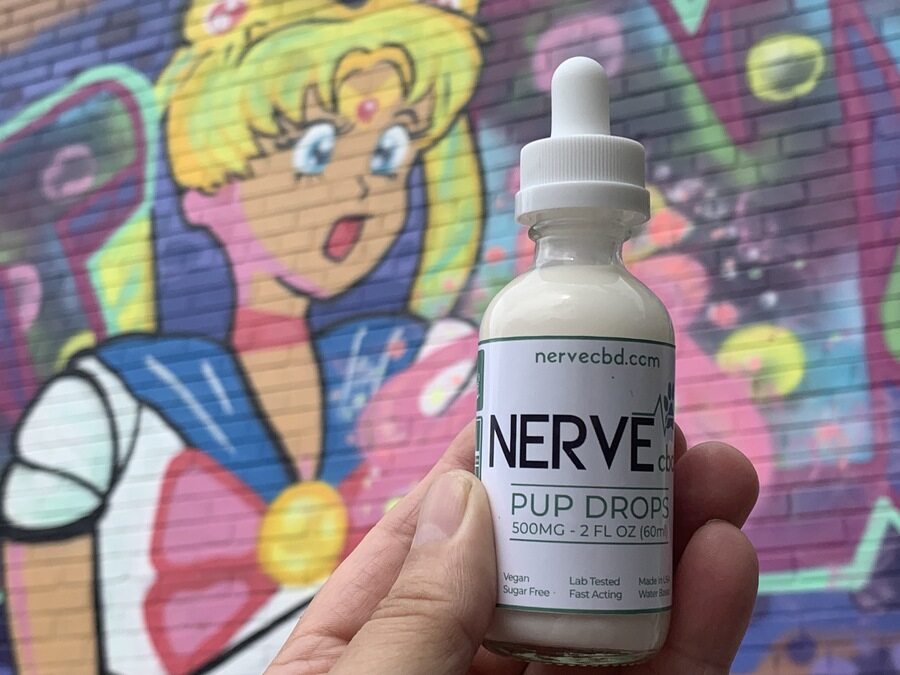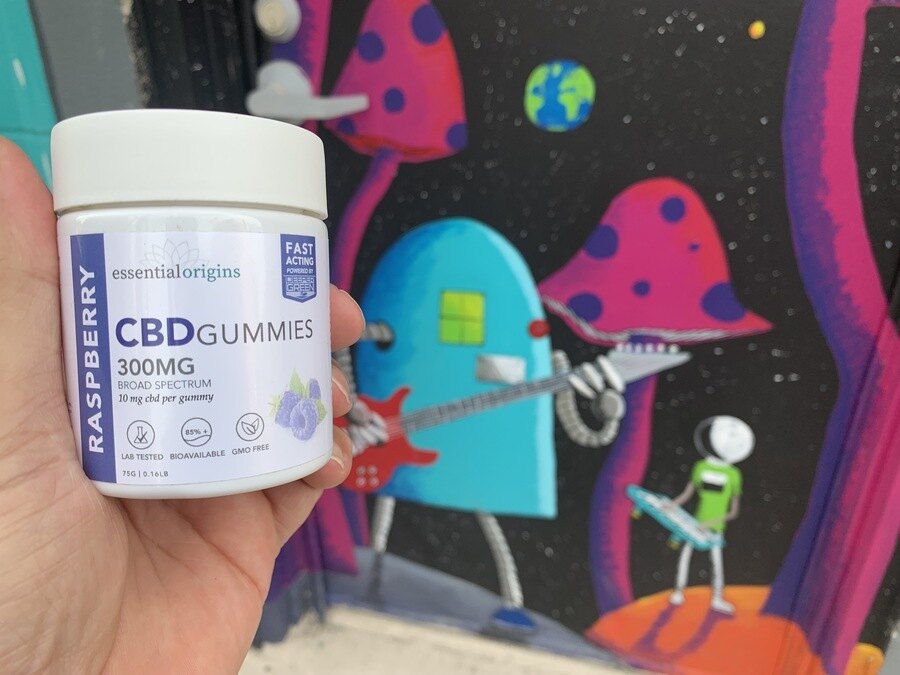The Mouthfeel Enhances the Experience of Food & Beverage
Why do we love crunching bacon? Why is it so satisfying? Why is fizz-less soda such a disappointment to drink, and why is flat beer so unappealing to the palate? The mouthfeel of food and beverages has a part of the answer.
Our sense of taste produces physical and emotional reactions that cannot be explained by chemical components alone. The Mouthfeel contributes significantly to food perception and is an important driver of food liking.
What is the Mouthfeel?
The term “mouthfeel” (or “mouth feel”) is the physical sensation a food or drink creates in the mouth, including the tongue and the roof of the mouth. It is different from taste or flavor, though some mouthfeel terms overlap with flavor or aftertaste.
The term is best-known for its use in wine tasting, but it also applies to other beverages, such as coffee, tea and beer, and is central to food rheology (the science of food textures).
It is the physical sensation a food or drink creates in the mouth, including the tongue and the roof of the mouth.
When describing the Mouthfeel and tactile sensations with the foods and/or beverages that help to create them, they include the following examples:
- Biting sensation – Chili peppers and garlic
- Coating sensation – Ice cream and yogurt
- Cooling sensation – Ice cubes and menthol
- Drying sensation – Crackers and breakfast cereals
- Puckering sensation – Citrus slices and vinaigrette salad dressing
- Stimulating sensation – Oleocanthal in extra virgin olive oil or ginger
- Stinging sensation – Carbonated beverages and some candies/gum
- Tearing sensation – Roughly cut onions and pepper seeds
- Warming sensation – Coffee or tea and soup
In food tasting, other common mouthfeel descriptors include firm / hard, soft / tender, chewy, gelatinous / jelly-like, gummy, slimy / slippery, grainy, crisp/crunchy, fresh / stale, ripe, resilient / springy, spreadable, chunky and crusty.
Impacting a Sensory Experience
Although attempts have been made to quantify mouthfeel with various technologies, there are not yet any technological alternatives that compare to the human ability to sense and identify mouthfeel characteristics.
This is in part because it centers around a complex set of sensations and associations, which are extremely difficult for a machine to analyze and quantify.
Mouthfeel is dependent on previous experiences including culture and traditions as well as expectations and reality. It’s a combination of physical and psychological factors.
Deeper Green™: The Perfect Solution for Enhancing & Improving The Mouthfeel
Understanding the science of food from molecules to mouthfeel requires understanding a lot of moving parts to create a finished product. We make it easy to add CBD or HEMP to a product without modifying the mouthfeel.
With Deeper Green, it’s easy to mix and go. This water-soluble infusion doesn’t impact the mouthfeel of the beverage, baked good, powder, or candy.
If you’re a product developer or considering a new offering and are interested in how our product could improve or enhance your candy, baked good or beverage, then request a sample Deeper Green infusion today.
For more details on Deeper Green Water Soluble CBD and HEMP, click here.
For Additional Reading:


